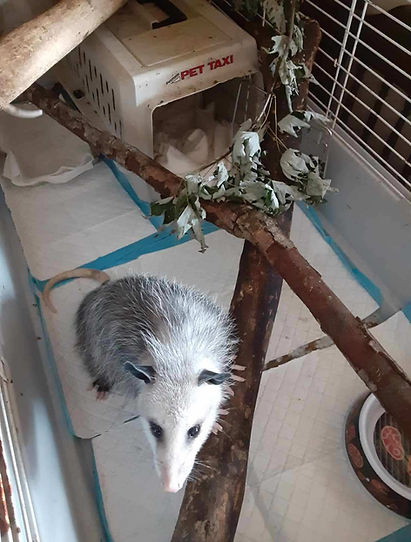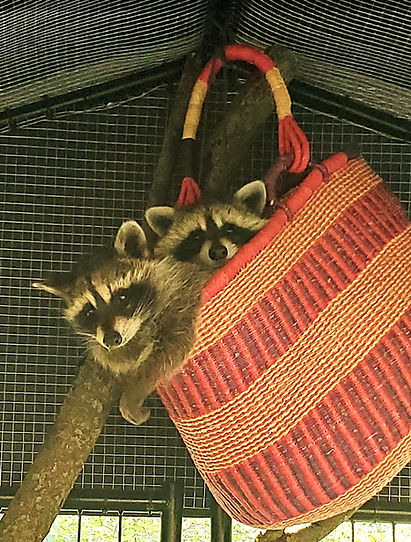

Welcome to Forest Friends Wildlife Rescue
Serving Southeast Michigan
Forest Friends Wildlife Rescue is a 501(c)(3) non-profit organization
ARE YOU CURIOUS ABOUT WILDLIFE REHABILITATION? WHY WE DO IT? HOW YOU CAN HELP?
CLICK HERE FOR INFORMATION ON AN UPCOMING WORKSHOP!
Our Mission
Our mission is to ethically rescue and rehabilitate injured and orphaned wildlife and release them back to their native Michigan habitat while promoting conservation and coexistence through community outreach, education and advocacy.


Our Credentials
Our rehabilitators are fully licensed volunteers regulated through the Michigan Department of Natural Resources. We proudly endorse and follow International Wildlife Rehabilitation Council and National Wildlife Rehabilitators Association standards of care.


Wildlife Rehabilitation:
Why It Is Important
By Stephany Lewis, DVM, AAV member, Staff Veterinarian, Ojai Raptor Center, February 24, 2022
Wildlife rehabilitation is the practice of providing responsible and professional care to sick, injured, and orphaned wild animals with the goal of releasing fully-recovered animals back to their native environment. The vast majority of animals presenting to wildlife rehabilitators have been negatively impacted by anthropogenic activities. Many presenting animals have experienced vehicle strikes, window strikes, or domestic cat attacks. They may have ingested lead, pesticides, or trash. Marine wildlife often ingest or become entangled in fishing lines, hooks, and lures, or contaminated by toxicants such as crude oil. Young animals are often inadvertently “kidnapped” by well-meaning citizens. As the human population continues to grow and urban sprawl extends its reach, the human-wildlife interface is expanding, and with it so has the demand for wildlife treatment facilities.
Wildlife rehabilitators provide a number of important services within their communities. Wildlife rehabilitation has the potential to improve the animal welfare of hundreds, thousands, and for larger centers, upwards of ten thousand animals each year. Due to very stringent release criteria and the advanced nature of many of the illnesses and injuries seen in the rehabilitation setting, more than half of animals presenting to rehab centers are not released. The humane euthanasia of animals unsuitable for release arguably makes the greatest impact on individual animal welfare. Without this service, animals with severe conditions would experience prolonged suffering and eventual death in the wild or in the hands of the public.
Removing wild animals from public possession not only improves animal welfare, but can have a positive impact on public health. Without the existence of licensed wildlife treatment centers, many benevolent but untrained citizens would attempt to care for wild animals in their own homes, potentially leading to public injuries, transmission of zoonotic diseases, or transmission of infectious diseases to and from domestic animals. Wildlife centers also have an important role in educating the community about the importance of conservation and how to peacefully coexist with their wild neighbors.
Wildlife centers can have significant impacts on conservation efforts when working with endangered and threatened species, or engaging in large-scale rescue efforts within a localized area, such as during an oil spill response. They can also contain a huge wealth of data that can contribute to biological and veterinary research. Wildlife rehabilitators are often the first to identify infectious disease outbreaks or toxins affecting wild populations and can alert governmental and regulating authorities. They can serve as influential voices for their patients while advocating for laws or public policy changes that affect wildlife and the environment.





